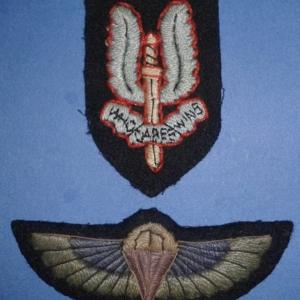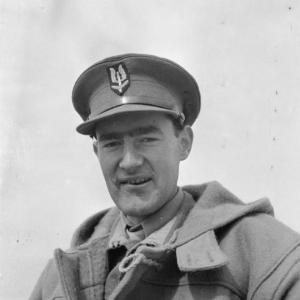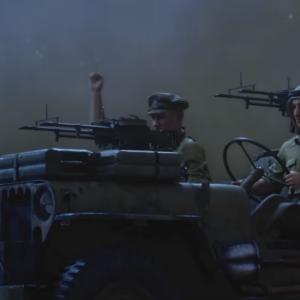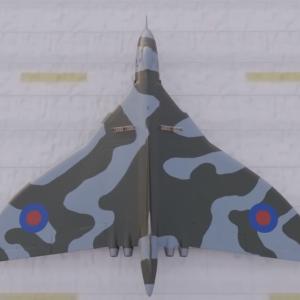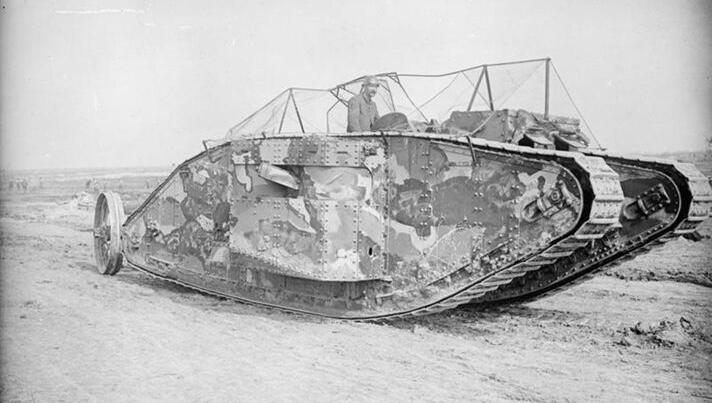
First ever battle tank
The First Battle Tank: The Birth of Modern Armored Warfare
Introduction
The advent of the battle tank revolutionised modern warfare, introducing a new era of armored combat. The first true battle tank, the British Mark I, emerged during World War I in response to the brutal conditions of trench warfare. Developed in secrecy and first deployed in 1916, the Mark I set the foundation for the development of tanks in subsequent conflicts.
The Need for a Tank
During World War I, both sides faced a brutal stalemate on the Western Front. Trenches, barbed wire, and machine guns made it nearly impossible for infantry to advance without suffering catastrophic losses. Traditional cavalry charges had become obsolete in the face of rapid-firing weapons and artillery barrages. The need for an armored vehicle capable of crossing trenches and withstanding small-arms fire became apparent.
Development of the Mark I
The development of the first tank was spearheaded by the British Army, particularly under the guidance of Lieutenant Colonel Ernest Swinton and Minister of Munitions David Lloyd George. The project was kept highly classified, with the code name "tank" chosen to disguise the machine as a mobile water carrier.
The first prototype, known as "Little Willie," was developed in 1915 by the engineers at Fosters of Lincoln, under the direction of William Tritton and Walter Wilson. Although "Little Willie" had limitations, it provided valuable insights for the development of its successor, the "Big Willie" or "Mother," which would become the basis for the Mark I tank.
Features of the Mark I
The Mark I, introduced in 1916, was a rhomboid-shaped armored vehicle equipped with tracks that allowed it to traverse trenches and rough terrain. It came in two variants: the "Male" version, armed with two 6-pounder naval guns and machine guns, and the "Female" version, which carried only machine guns for infantry support. The armor was relatively thin, around 6-12mm, but was sufficient to withstand small arms fire and shrapnel.
Powered by a 105-horsepower Daimler engine, the Mark I had a top speed of approximately 4 mph, making it slow but effective for trench warfare. The crew, consisting of eight men, endured extreme heat, noise, and the suffocating fumes of the engine and weapons.
First Deployment at the Battle of the Somme
The Mark I tank was first used in combat on September 15, 1916, during the Battle of Flers-Courcelette, a part of the larger Battle of the Somme. The British deployed 49 tanks, but only 32 made it to the battlefield due to mechanical failures and difficult terrain. While their performance was mixed, the tanks demonstrated their ability to breach enemy defenses and inspire terror among German troops, marking the beginning of a new era in warfare.
Impact and Legacy
Although the Mark I had numerous shortcomings, such as mechanical unreliability and slow speed, it proved the viability of armored warfare. Over time, improvements led to more advanced tank designs, culminating in the formidable machines of World War II and beyond.
The introduction of the tank changed military tactics forever, shifting warfare from static trench battles to dynamic, mobile engagements. Today, tanks remain a crucial component of modern armies, with continuous advancements in armor, firepower, and mobility.
Conclusion
The British Mark I was the world's first battle tank, conceived as a solution to the challenges of trench warfare. While rudimentary by modern standards, its introduction in 1916 laid the groundwork for future armored combat vehicles. Its legacy continues to influence military strategy and technology, proving that innovation on the battlefield can redefine the nature of warfare.

